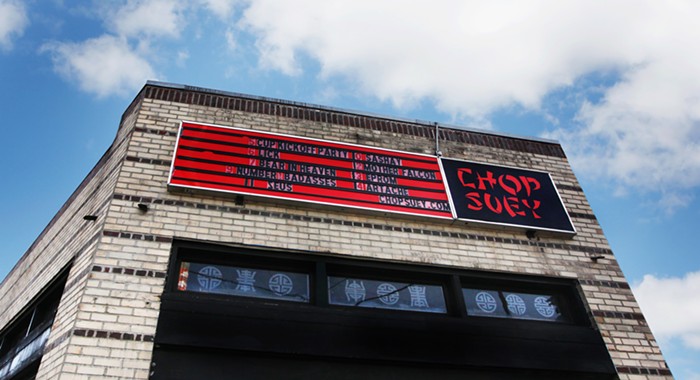
In Chop Suey, two women sit at a table, with another couple partially visible in the background. Ebsworth Collection Evening Sale at Christie’s in New York. Offered on 13 November in An American Place: The Barney A. Chew himself led a successful campaign to transform a historic hotel into the Wing Luke Museum’s permanent home. Edward Hopper (1882-1967), Chop Suey, 1929. He highlights Seattle’s unsung champions in the fight for racial inclusion, political empowerment, American ethnic studies, Asian American arts, Japanese American redress, and revitalization of the Chinatown-International District. Intimate profiles of his parents-a waiter and garment worker-and leaders like Bob Santos, Ruth Woo, Al Sugiyama, Roberto Maestas, and Kip Tokuda are set against the familiar backdrop of local landmarks such as Sick’s Stadium, Kokusai Theatre, Shorey’s Bookstore, Higo Variety Store, Hong Kong Restaurant, and Chubby &Tubby. He untangles the mystery of his extended family’s journey to America during the era of the Chinese Exclusion Act. In this deeply personal memoir, he documents the tight-knit community he remembers, describing small family shops, chop suey restaurants, and sewing factories now vanished. One night a group of burly American white railroad workers walked into a Chinese restaurant when the cooks were closing up for the night. Boil the mixture until the sauce thickens.

Give the sauce a stir and then add it to the pan.
/chicken-chop-suey-502134071-57d712d85f9b589b0a432390.jpg)
Add the cabbage and snap peas and stir-fry until the snap-peas are bright green. Then continue stir-frying it together with the vegetables.

Third-generation Seattleite, historian, journalist, and museum visionary Ron Chew spent more than five decades fighting for Asian American and social justice causes in Seattle. Stir-fry the pork in the center of the pan until its mostly cooked through.


 0 kommentar(er)
0 kommentar(er)
